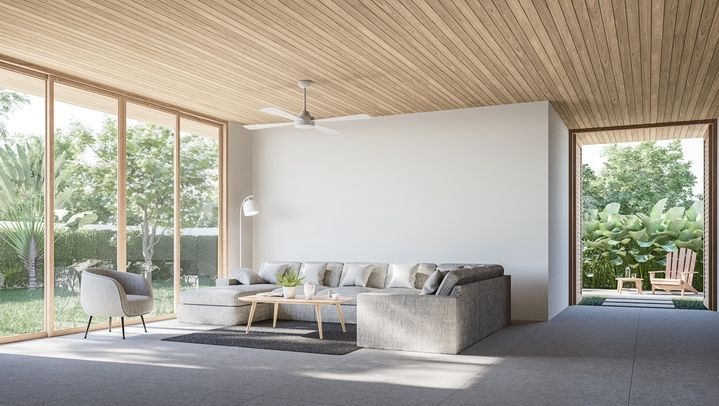In the hustle and bustle of modern life, taking care of yourself has become more important than ever. With hectic schedules and constant stress, people are increasingly turning to self-care practices to maintain their physical and mental well-being. And as the focus on self-care continues to grow, it’s not just affecting daily routines—it’s also shaping the way they design their homes. From the layout of their living spaces and the colors they choose to spa installations, every design decision now carries the weight of promoting well-being and nurturing their souls.
Embracing the Self-Care Movement
The self-care movement has gained momentum recently, encouraging individuals to prioritize their health and happiness. From meditation and yoga to bubble baths and aromatherapy, people are finding ways to incorporate self-care into their lives. One of the key areas where this trend is making a significant impact is in interior design.
Creating Calm and Serene Spaces
Gone are the days of cluttered and chaotic living spaces. Today, more and more homeowners are seeking to create calm and serene environments within their homes. This shift in mindset has led to a rise in minimalist design principles, emphasizing clean lines, neutral colors, and uncluttered spaces. By eliminating excess distractions, these homes provide a peaceful retreat from the stresses of everyday life.
Bringing the Spa Experience Home
One of the most notable aspects of the self-care movement’s influence on interior design is incorporating spa-like features into residential spaces. To replicate the tranquil ambiance of a spa at home, homeowners are spending a lot of money on opulent features like saunas, steam rooms, and soaking tubs. These features enhance the overall aesthetic appeal of the space and promote relaxation and rejuvenation.
Integration of Natural Elements
In addition to incorporating spa-like features, many homeowners are also bringing the outdoors inside by integrating natural elements into their interior design. From indoor plants and living walls to natural wood accents and stone finishes, these elements help create a sense of connection to nature, which has been shown to have numerous health benefits, including stress reduction and improved mood.
Prioritizing Comfort and Functionality
Another key aspect of the self-care movement’s influence on home design is the prioritization of comfort and functionality. Instead of focusing solely on aesthetics, homeowners are increasingly seeking furniture and decor that looks good, serves a practical purpose, and enhances their overall well-being. This may include ergonomic seating options, adjustable lighting systems, and multifunctional furniture that adapts to various activities and needs.
Installation of Wellness Features
As the demand for self-care-friendly homes continues to rise, so does the installation of wellness features. Spas, in particular, have become a popular addition to residential properties, offering homeowners a convenient and luxurious way to unwind and de-stress without ever having to leave the comfort of their own homes. Whether it’s a standalone hot tub in the backyard or custom-built spa Installations complete with massage tables and relaxation lounges, these wellness features are redefining the concept of at-home pampering.
Conclusion
In conclusion, the rise of the self-care movement is having a profound impact on the way people design their homes. From creating calm and serene spaces to integrating spa-like features and natural elements, homeowners are prioritizing their health and well-being like never before. By embracing minimalist design principles, prioritizing comfort and functionality, and investing in wellness features, individuals can create spaces that not only look good but also promote relaxation, rejuvenation, and overall happiness. So, if you’re looking to upgrade your home and improve your quality of life, why not start by incorporating some self-care-inspired design elements into your space? Your mind, body, and soul will thank you for it.
Also read Combine PDFs Effortlessly: Streamlining Your Documents with Merging
